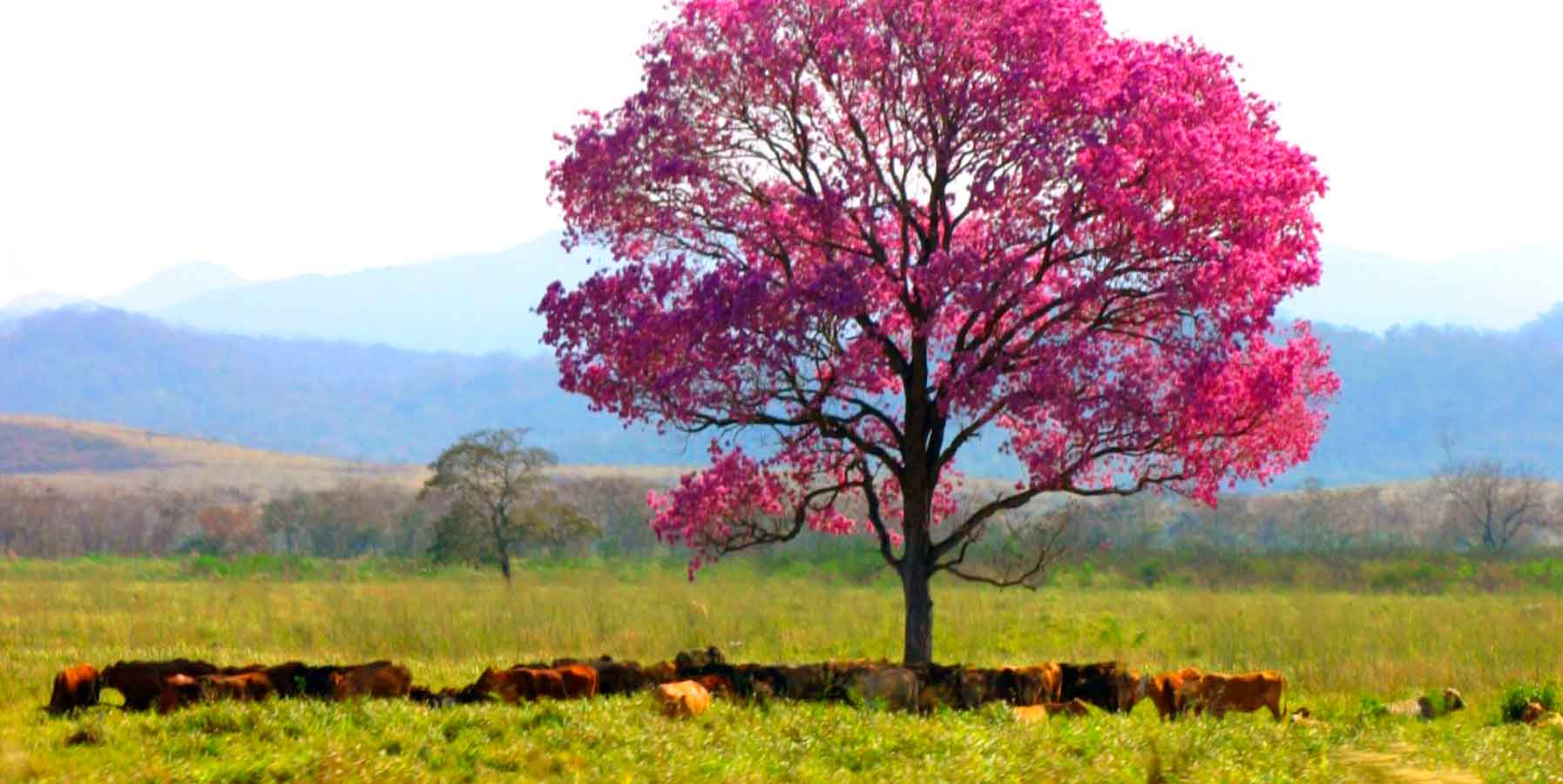::cck::980::/cck::
::introtext::
IPÊ arrived in the Pantanal to research for conservation of Brazilian tapirs, through LCTI – Lowland Conservation Tapir Initiative. In the biome, we have also advanced with research to conservation the life of the giant armadillo.
In addition to research on species, we are working on the issue of sustainable livestock in the Pantanal and we are active in fire brigades with farmers and communities.
With the advances of researches, we expanded our actions to the Cerrado, involving, besides tapirs and armadillos, studies for the survival of the giant anteater. Over the time, we managed to organize the world’s largest database on the lowland tapir, in addition to unpublished data on the giant armadillo, which even support public policy actions in favor of wildlife and human beings.
The LCTI – Lowland Conservation Tapir Initiative seeks to influence the decision-making process with the government to combat current threats and prevent the extinction of the tapir and its remaining habitats.
“It is already clear that large-scale agriculture in the Brazilian Cerrado is resulting in pesticide and metal exposure in concentrations that exceed environmental safety and may have adverse health effects on tapirs and, perhaps, other animals. We need to look more seriously at this issue that affects wild animals and human lives. It is inadmissible to use pesticides without criteria and without supervision”, emphasizes Patrícia Médici, researcher and coordinator of LCTI/IPÊ. The project also has fronts of action in the Atlantic Forest and in the Amazon.
The Giant Armadillo Project (Periodontes maximus), a partnership between the IPÊ and the ICAS – Institute for the Conservation of Wild Animals of the Pantanal, carried out in the Atlantic Forest and Cerrado, for over 10 years it has been developing actions to conserve the largest of the 20 armadillo species, also called ecosystem engineers. “With climate changes and the trend of rising temperatures, giant armadillo burrows can help the species survive these changes and extreme temperatures”, explain Arnaud Desbiez, coordinator of Giant Armadillo Project. Among the results obtained by the project is the fact that the species integrates the list of mammals used to guide the creation of protected areas and conservation corridors in South Mato Grosso.
With the project Flags and Highways, the IPÊ and partners evaluate, monitoring and indicate solutions to the problem of being run over and accidents with the giant anteater on the roads of the State of South Mato Grosso. The roads present alarming rates of death of wild animals by hit. Advances in this direction will make roads safer for people and anteaters and have the potential to benefit other species as well.
::/introtext::
::fulltext::::/fulltext::
::cck::980::/cck::


